Proper menu planning is much more than listing your favorite recipes on a sheet of paper and putting it in front of customers. A good menu is a deliberate, careful blend that suits the restaurant’s theme and design and meets the desired price point. The kitchen team has to be able to execute the menu in their available kitchen space. And it all has to be done without exceeding food and labor costs.
Don’t get overwhelmed! Menu planning is a skillset that chefs build over time. If you’re just starting out, these four menu planning tips can help you use the menu as a tool to improve the restaurant’s efficiency and profitability.
1. Consider Seasonality
Incorporating seasonal produce into your menu can have several benefits. First, seasonal produce tends to be more affordable, since the supply is so large. It also tastes significantly better. Big, plump, in-season strawberries are a far cry from their small, bland cousins that one finds in the winter!
And if you’re able to buy both seasonal and local produce, you get the added benefit of supporting a local farmer. Supporting area farmers highlights your connection to the local food community, which is important to many diners.
“I think that if you can really work menus around the season, mother nature provides such a natural rhythm to what we should put on [those] menus. If you can start with availability of product in season and build around that and let her dictate which direction you go it’s going to be the highest quality, best flavored and usually a very good value.”
Farmer Lee Jones, The Chef’s Garden
Some restaurants completely rewrite their menus seasonally. But it’s more common to have a “standard” menu with a small selection of seasonal items that change several times per year. These seasonal changes keep the menu fresh and give regular customers something to look forward to.
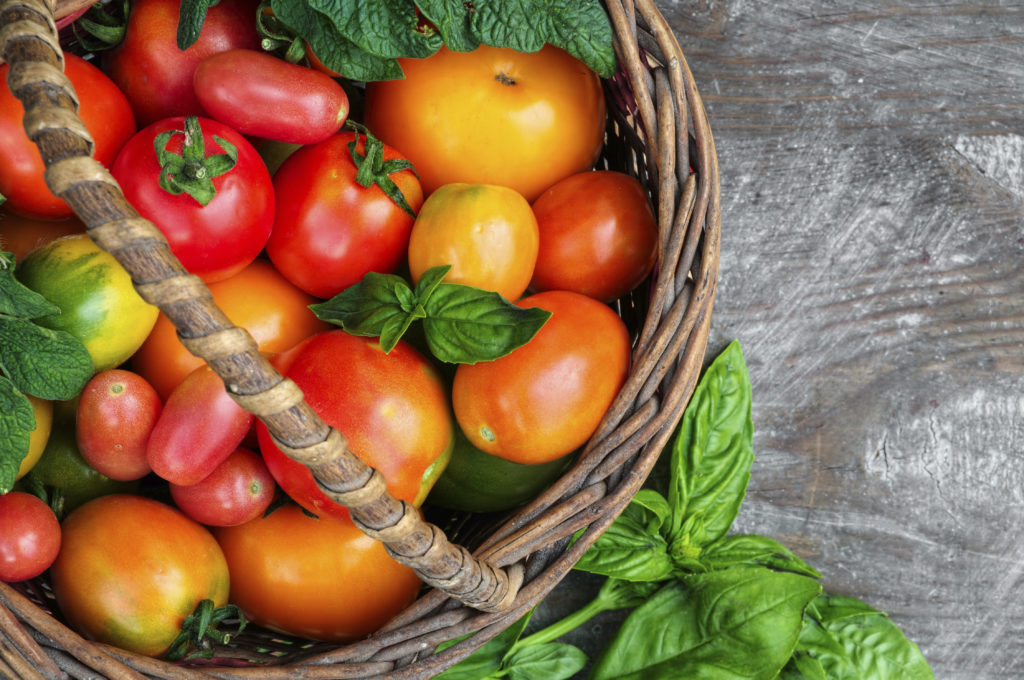
Austin’s Kerbey Lane Cafe, for example, releases their Tomato Menu every summer, highlighting fresh local tomatoes in dishes like their famous Tomato Pie. It’s something their long-time customers look forward to each year.
2. Plan With Cost Control and Pricing in Mind
Chefs must consider the cost of every ingredient when they’re planning their menus. Everything from the protein to the seasoning contributes to the overall costs in the kitchen. And the more unique items you have, the more quickly those costs can add up.
There are economies of scale that come with bulk pricing, which is why you may see one side item accompanying several entrees. But you can’t repeat the same recipes too often, or the menu will grow dull. Chefs have to balance the number of unique ingredients on their menus with the cost of each.
Chefs also must consider the final price of each dish when planning their menus. Let’s say every entrée on your current menu is under $25. Then, you develop a fantastic New York Strip recipe that you can’t wait to share. But when you consider the cost of the ingredients and the labor required, you realize that you’ll have to charge $50 for that dish to be profitable.
An entrée that costs 100% more than any other dish on the menu doesn’t fit in. The customers at your restaurant aren’t looking for $50 steaks. They’re looking for a dinner under $25. Your New York Strip won’t sell, and you’ll waste product.
When planning their menus, chefs must always keep food cost and menu pricing in mind, to make sure they’re making smart financial decisions and keeping the restaurant profitable.
3. Think Ahead to Prevent Waste
Kitchen food waste is a common problem in restaurants, hotels, and catering companies that chefs can tackle in the menu planning stage. While some amount of waste is inevitable in a kitchen, a clever menu can help manage the problem.
For example, if you find that you’re wasting leftovers of a certain ingredient, where can you repurpose it on the menu to use it up? Maybe you serve a summer salad topped with goat cheese, but you end up throwing some cheese away week after week. You can either remove the cheese from the salad entirely, or add it to another menu item to use more of it. Perhaps atop a crostini?
Another option is to repurpose “waste” items into different dishes. Bones and vegetable scraps can make a rich stock for soups and risottos. Look through your current waste to see what inspiration you can find for the menu.
“I was inspired because of what I learned at Escoffier. At Bubba Gump [Shrimp Company], we use a lot of shrimp, and often we just throw away all the shrimp shells. But I learned at culinary school that you can make a profit out of almost everything. I had learned how to make stock out of scraps, so I made some with the shrimp shells. I just used that as a base, added more seasonings, and turned it into shrimp bisque. They all liked it!”
Damian Palacios, Escoffier Online Culinary Arts Student
4. Think About Pacing and Speed
It’s tempting to think of an entrée as a single, individual entity. But a chef has to think holistically. Diners rarely eat alone. So you have to consider how long it takes to prepare each different item on the menu.
When a party of four sits down, they may each order different appetizers, entrees, and desserts. If you have a specialty roast chicken that takes 25 minutes to prepare, you’ll have to slow down the entrees for the rest of the table, as well. This will not only require careful maneuvering in the kitchen, but could also reduce the number of times you can turn that table in a night, and reduce your sales.
Is that dish worth it? The answer may be yes.
Different restaurants can “ask more” of their guests, in both time and money. But a family-friendly restaurant generally requires a quicker pace than a fine-dining one, and you must keep that in mind when planning your menu.
The Essential Culinary Career Survey
The Essential Culinary Career Survey
What's your ideal culinary career: Fine dining? Your own restaurant? Pastry? Get our self-evaluation survey to find out!
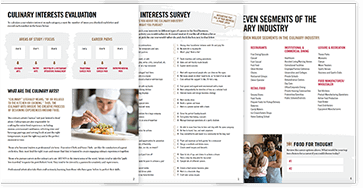
We’ve compiled a checklist of all of the essential questions into one handy guide: career options, culinary interest surveys, educational opportunities, and more.
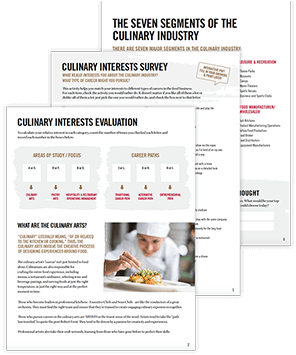

Menu Planning at Escoffier
Chefs can master menu planning over time, as they progress through their careers. Students at Auguste Escoffier School of Culinary Arts also get a head start, as menu design and management is woven throughout many parts of the school’s curriculum.
Students will explore sustainability and their connection to the local food community through the Farm to Table® Experience, where they study how to use sustainable and organic ingredients in menu production. They’ll also dive into food costing and portion sizing in the Culinary Foundations course. Plus, there is additional menu planning and price analysis content in the Restaurant Operations course.
While there is artistry involved in designing a menu, chefs must also consider these practicalities to keep costs low and provide a great guest experience. Students at Escoffier focus on both, learning cooking techniques and business skills that can help them to be assets to the restaurant’s bottom line.
To learn more about the curriculum at Escoffier, contact us today!
For more information about the culinary arts, try these articles next:
- What It Takes To Be An Executive Chef
- Your First Job In A Professional Kitchen
- How Chefs Can Manage Stress In A Kitchen
This article was originally published on December 1, 2015, and has been updated.

 “I think that if you can really work menus around the season, mother nature provides such a natural rhythm to what we should put on [those] menus. If you can start with availability of product in season and build around that and let her dictate which direction you go it’s going to be the highest quality, best flavored and usually a very good value.”
“I think that if you can really work menus around the season, mother nature provides such a natural rhythm to what we should put on [those] menus. If you can start with availability of product in season and build around that and let her dictate which direction you go it’s going to be the highest quality, best flavored and usually a very good value.”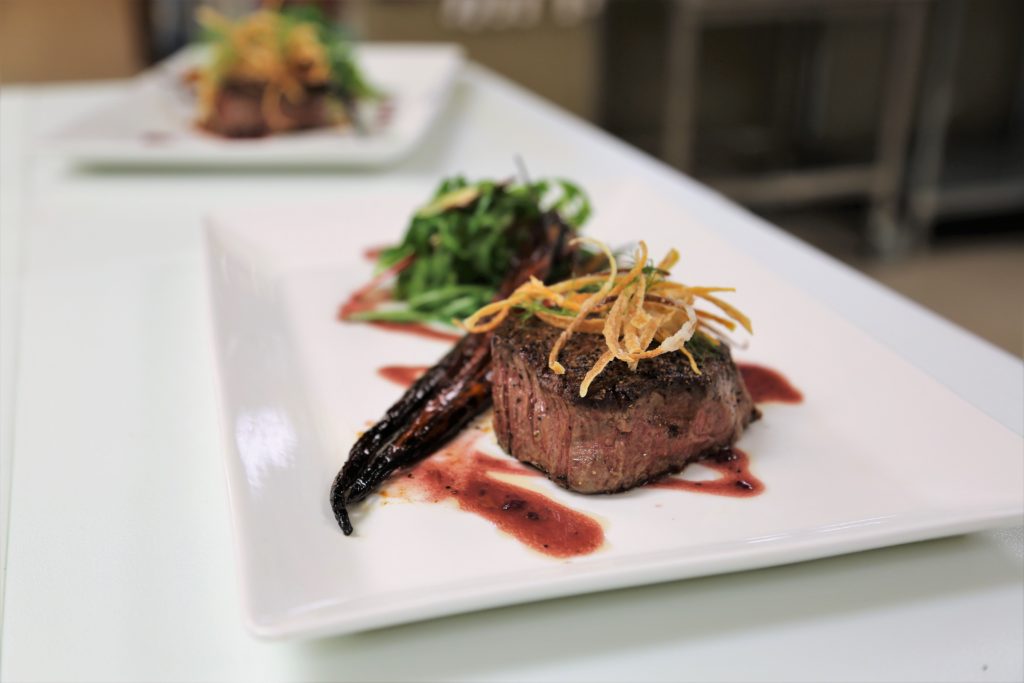
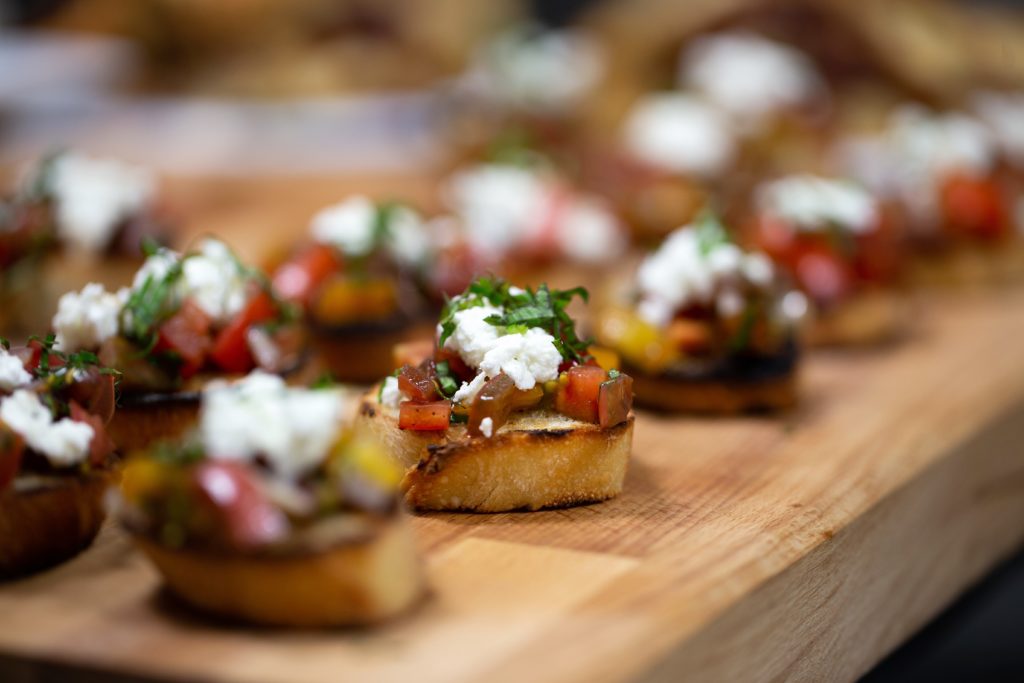
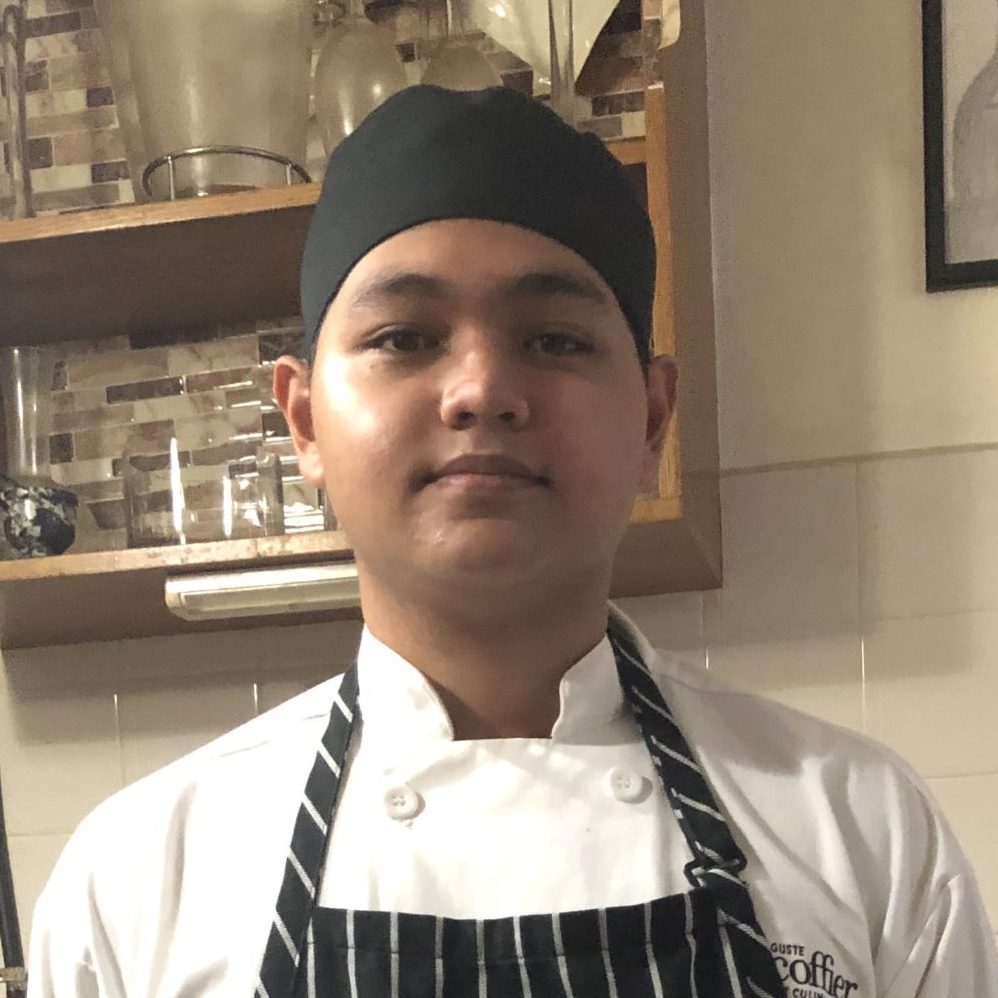 “I was inspired because of what I learned at Escoffier. At Bubba Gump [Shrimp Company], we use a lot of shrimp, and often we just throw away all the shrimp shells. But I learned at culinary school that you can make a profit out of almost everything. I had learned how to make stock out of scraps, so I made some with the shrimp shells. I just used that as a base, added more seasonings, and turned it into shrimp bisque. They all liked it!”
“I was inspired because of what I learned at Escoffier. At Bubba Gump [Shrimp Company], we use a lot of shrimp, and often we just throw away all the shrimp shells. But I learned at culinary school that you can make a profit out of almost everything. I had learned how to make stock out of scraps, so I made some with the shrimp shells. I just used that as a base, added more seasonings, and turned it into shrimp bisque. They all liked it!”
